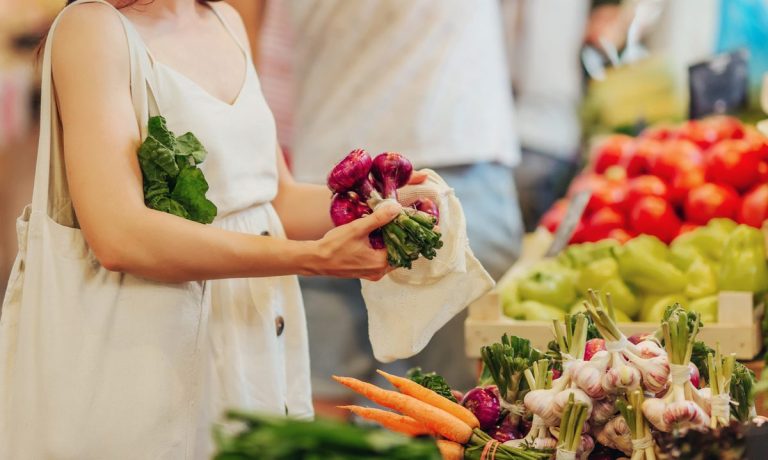Smaller Grocers Playing Loyalty Catch-Up

A shift is emerging between grocers that have the resources and the scale to make a subscription model possible, and smaller brands for which a more traditional loyalty model is still the most effective tool within their reach.
The Fresh Market, a chain based in Greensboro, N.C., with 160 stores across 22 U.S. states, announced Wednesday (Oct. 12) that, within months of its loyalty program’s launch in March, the brand has reached more than 1 million members.
“The Ultimate Loyalty Experience allows our guests to make special occasions truly memorable by offering the quality that they know and trust from The Fresh Market at members-only pricing,” Jeff Snyder, director of loyalty at The Fresh Market, said in a statement. “That’s in addition to several surprise and delight elements of the program that engage our guests.”
The program is not a points-per-dollar one but rather one that promises lower prices on certain items and periodic free items or other rewards.
Certainly, a significant share of grocery shoppers are interested in being rewarded for their loyalty. According to data from PYMNTS’ study “Decoding Customer Affinity: The Customer Loyalty to Merchants Survey 2022,” created in collaboration with Toshiba Global Commerce Solutions, which draws from a census-balanced survey of more than 2,000 U.S. consumers, 42% of grocery shoppers state that the availability of loyalty programs with rewards they like would improve their loyalty to merchants.
Get the report: The Customer Loyalty To Merchants Survey 2022
Notably, however, only 5% of consumers state that loyalty programs are the single most influential factor when selecting a grocer from which to purchase. Grocery shoppers are far more motivated by factors such as price and proximity.
In fact, the grocery loyalty space has been evolving in the recent past to the point where, for major brands, it is no longer enough simply to offer rewards points for each purchase. Rather, leading grocers are leveraging membership programs, offering free delivery and fuel discounts for a set monthly or annual rate, to create deeper relationships with their customers.
Over the summer, Kroger, the United States’ largest pure-play grocer, announced that it is launching its Boost program nationwide. Walmart, the largest grocer overall, has had its Walmart+ membership program since 2020. Albertsons launched its FreshPass subscription last year.
Yet, for smaller brands, the kinds of promises these programs entail — offering free delivery, greater discounts and so on — can make the investment required prohibitive. Consequently, rewards programs in the more traditional sense remain their best tool for incentivizing loyalty.
Meanwhile, some eGrocers are turning away from loyalty programs entirely.
In an interview with PYMNTS, Alex Weinstein, chief digital officer at New York-based artificial intelligence (AI)-focused online grocer Hungryroot and former senior vice president of Growth at Uber Eats, argued that rewards programs are only necessary when merchants are more or less interchangeable with another. In contrast, by this logic, grocers with a sufficiently unique value proposition do not need them.
“Why do grocers create loyalty programs? Why are their loyalty programs like DashPass and Uber One and Grubhub+ in restaurant food delivery? Ultimately, all of this is in an attempt to drive value for the consumers for just one big reason: to take a bigger share of wallet,” Weinstein said. “But ultimately, frankly, you don’t create loyalty programs if your product is truly differentiated.”
Read more: Hungryroot: You Don’t Need Loyalty Programs if Your Product Is Differentiated